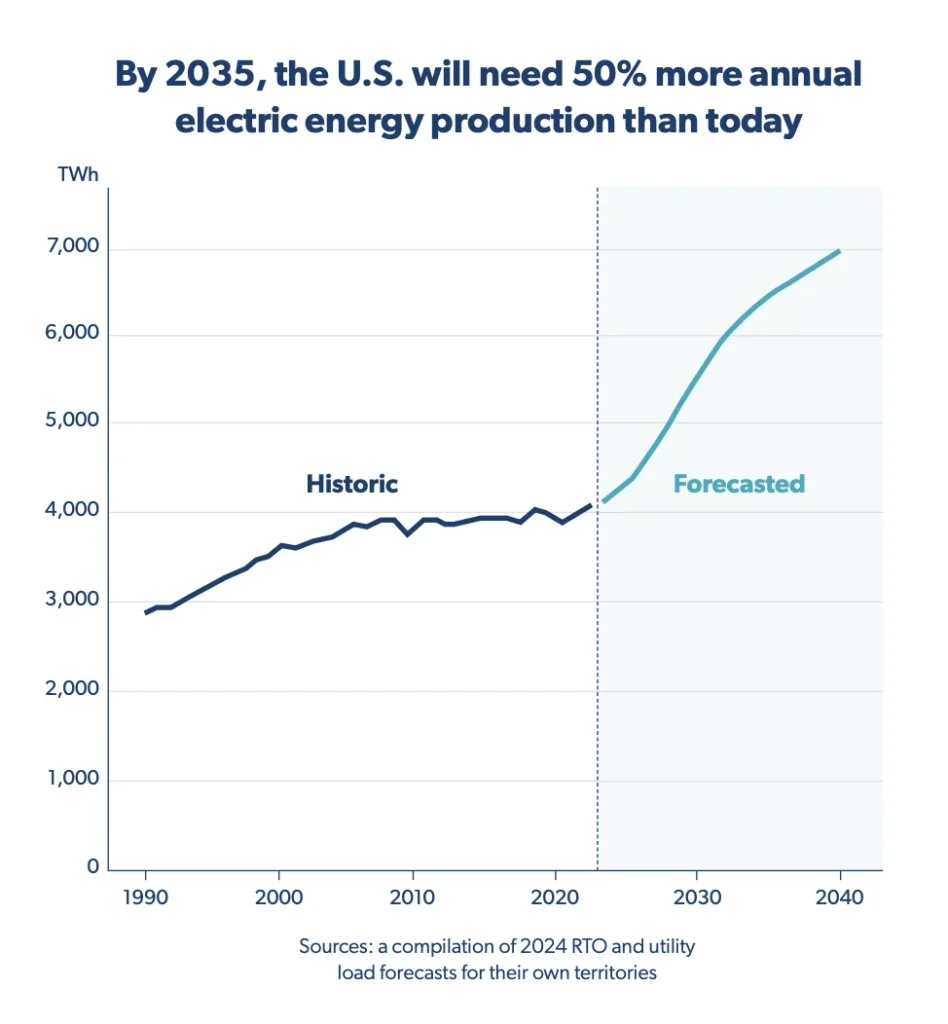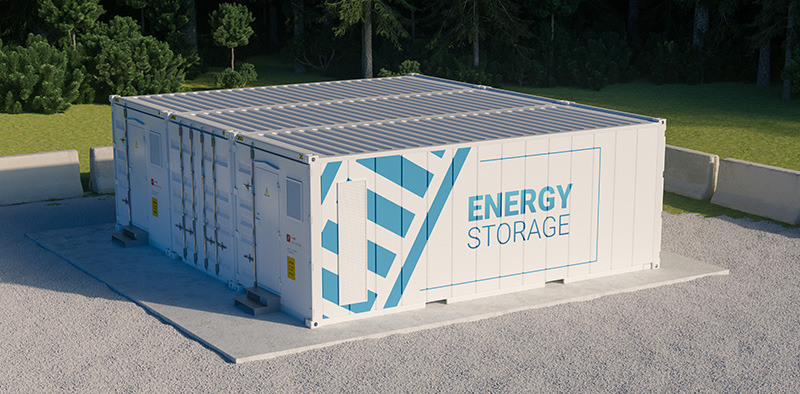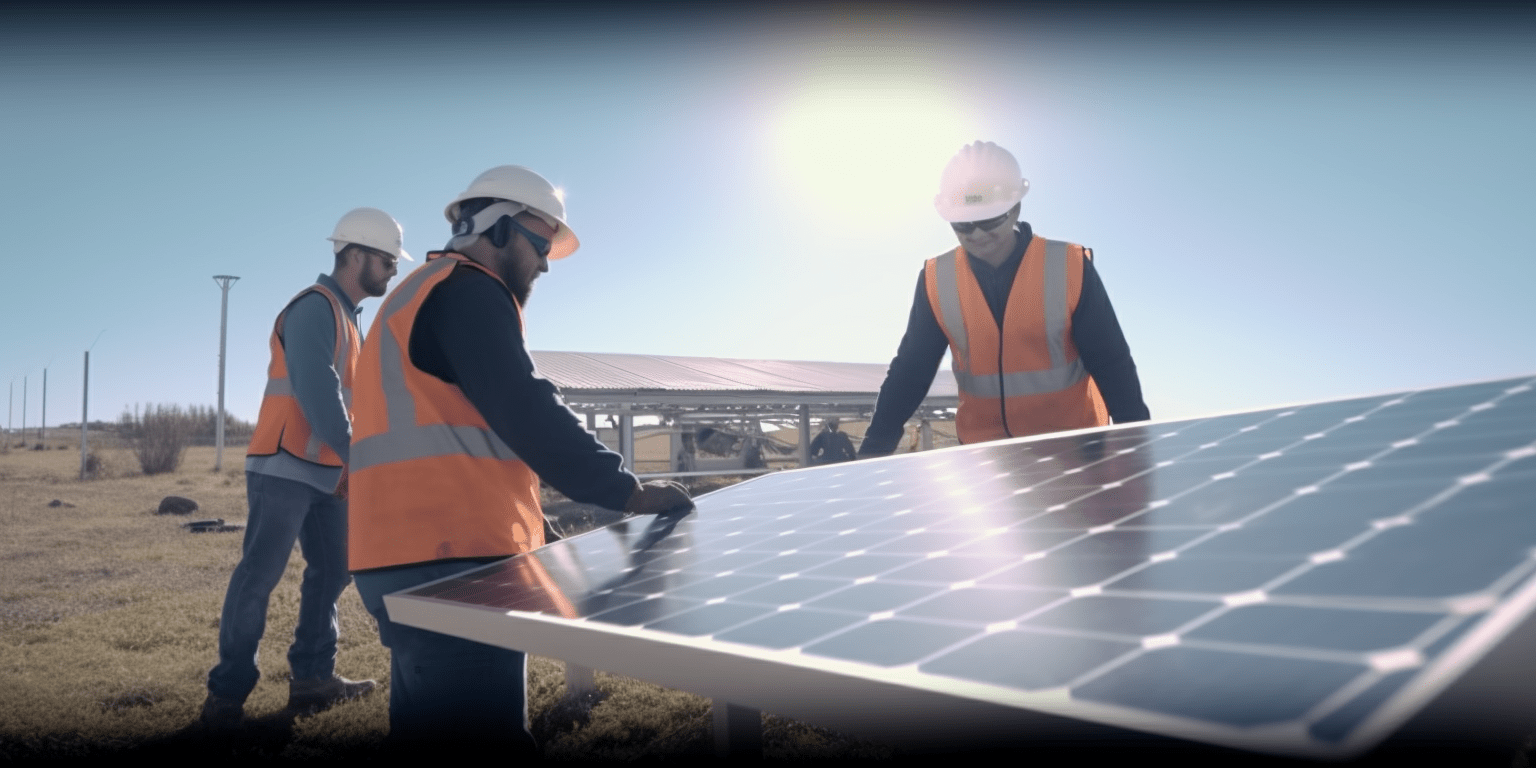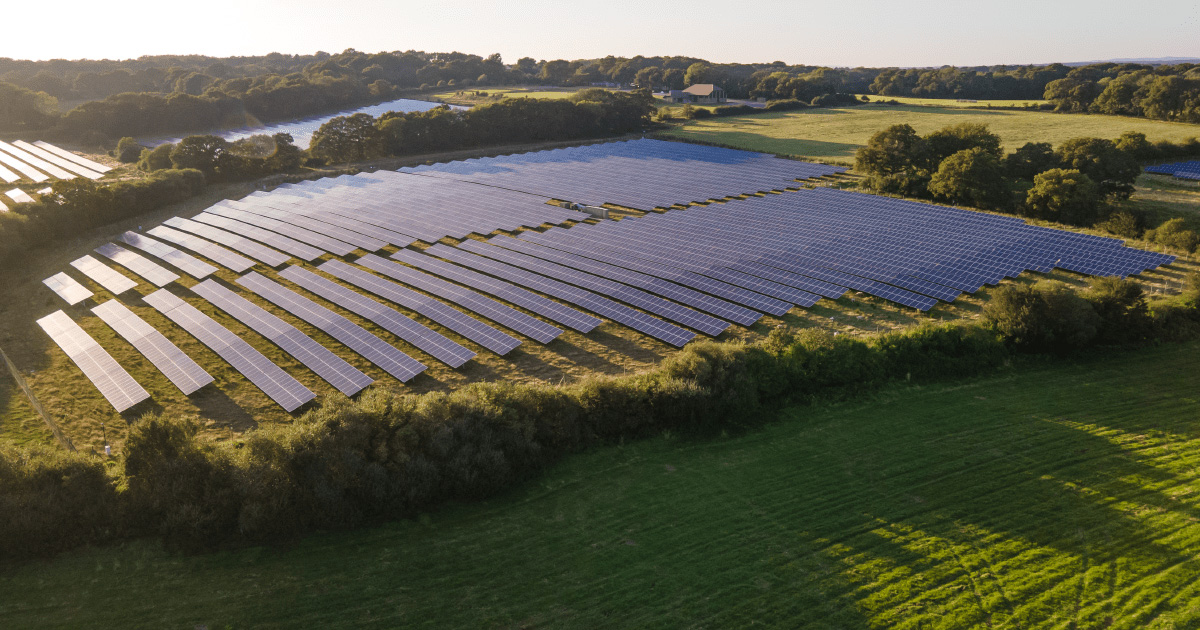SHARE:
All-of-the-Above Energy Tax Credits Support American Energy Dominance, Lower Electricity Rates and Economic Growth
Congress is considering reforms to our nation’s energy tax policy. Energy tax incentives support an all-of-the-above approach to powering our country. We must continue to invest in America first, especially for energy production that includes wind, solar, nuclear and battery storage.
Elimination of all-of-the-above energy tax credits would Drive Electricity Costs Higher – Especially for Consumers in the Midwest.
Americans could see electric bills increase by an average of $83-$152 per year.
Source: “Brattle Group Economic Analysis. For more information, see The Brattle Group Report, “A Wide Array of Resources is Needed to Meet Growing U.S. Energy Demand”.

3.8 million job-years lost
Rising electricity rates cost jobs. This is because higher energy prices will:
Force employers to spend an estimated 14% more on electricity
Cut $250 billion in investments
Shrink consumer spending by $270 billion
With energy shortages stalling growth, the GDP could drop by $510 billion—hurting businesses, workers, and communities.
Total Negative Market Impact without All-of-the-Above Energy Tax Credits: $820 billion lost.
That’s like taking away $2,480 from every man, woman and child in the United States.
Total Negative Market Impact without All-of-the-Above Energy Tax Credits:
$820 billion lost.
That’s like taking away $2,480 from every man, woman and child in the United States.

America’s Growth Depends on Adding New Electric Generation Capacity
America’s economic engine will sputter if it runs out of fuel and, thanks to growing demand to support an economic boom, America needs more energy.
Source: “Brattle Group Economic Analysis. For more information, see The Brattle Group Report, “A Wide Array of Resources is Needed to Meet Growing U.S. Energy Demand”.
An All-of-the-Above Are the Only Way America Can Meet This Demand, Keep Prices Low and Continue our Economic Expansion
- Renewables and storage produce low-cost energy that can meet spiking demand and are already in development and can be ready quickly.
- Much less gas-fired generation is being developed due to years of slow demand and limited supply -- with new unplanned natural gas generation not starting until 2030.
Natural Gas and Nuclear Alone Cannot Meet Projected Demand in the Near Future
- There’s a long lead time for gas turbine power plant construction
- Prices are increasing for turbines used in natural gas generation
- There’s a long lead time for new nuclear power, with small modular nuclear not projected to commence until 2035 and beyond.










